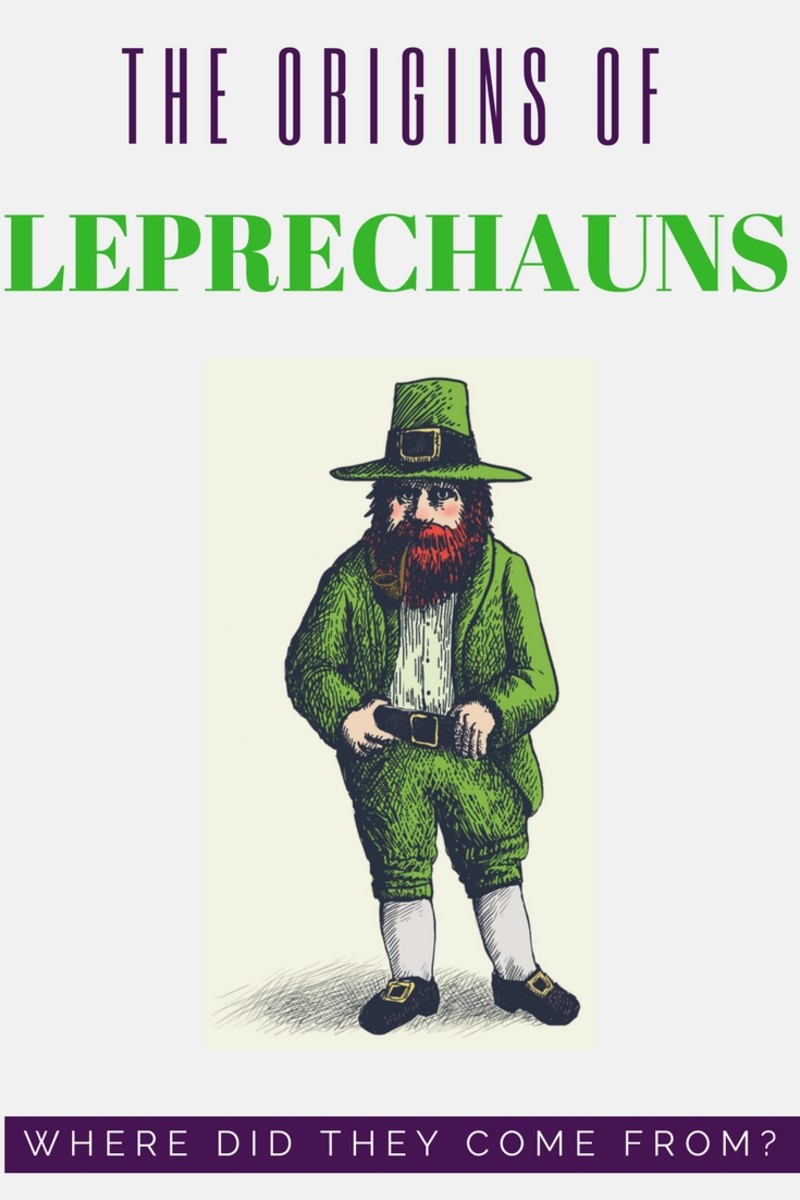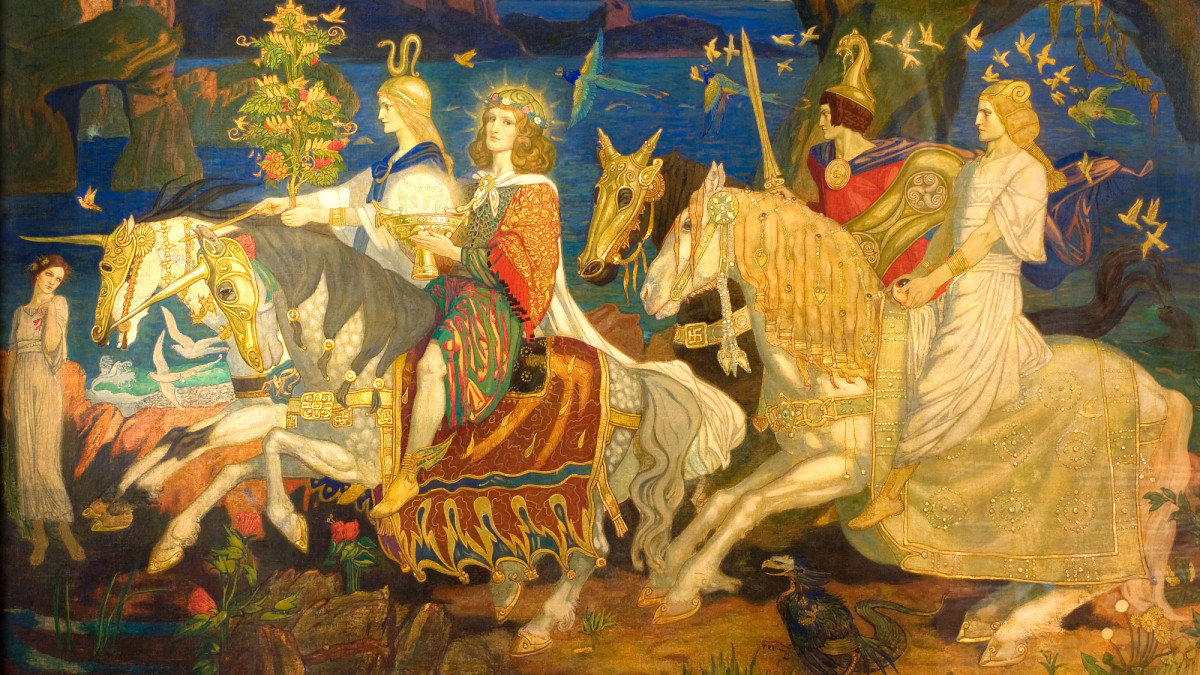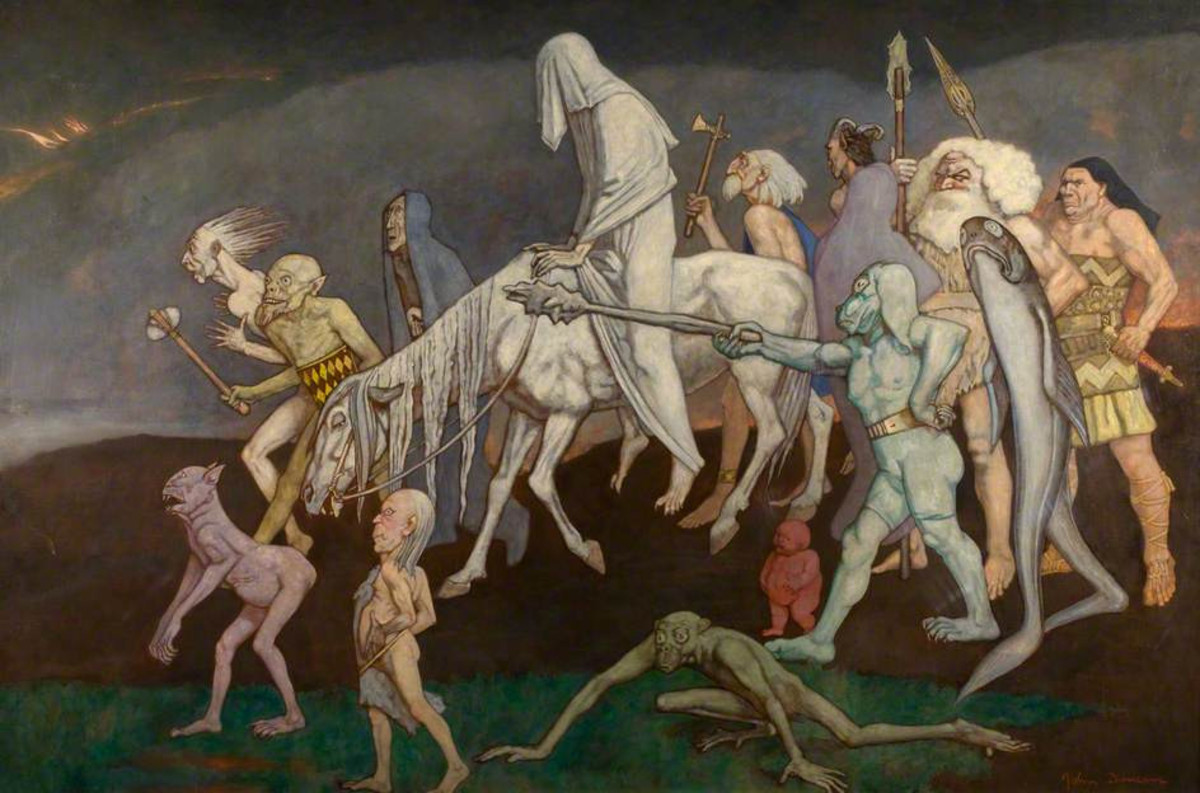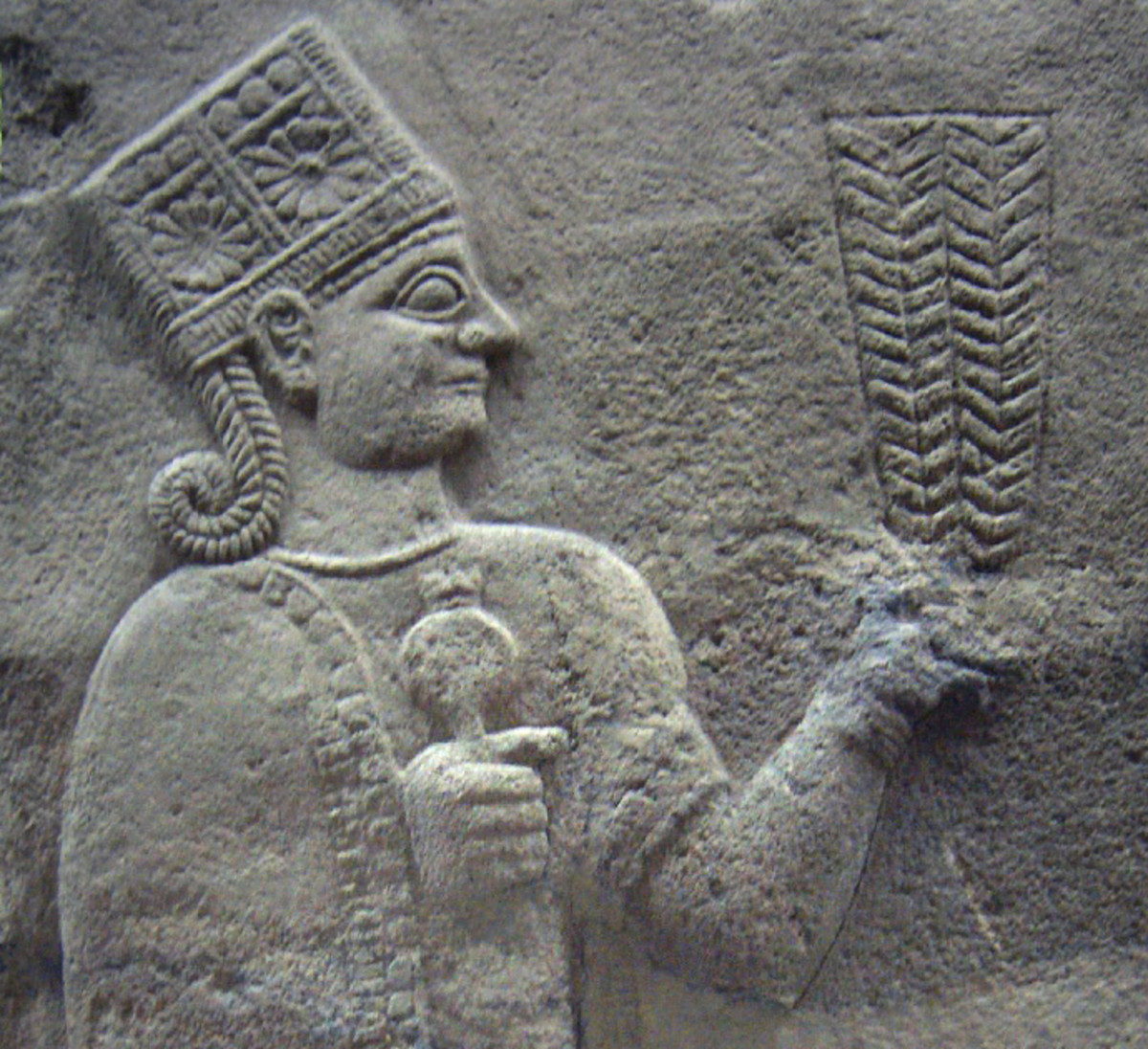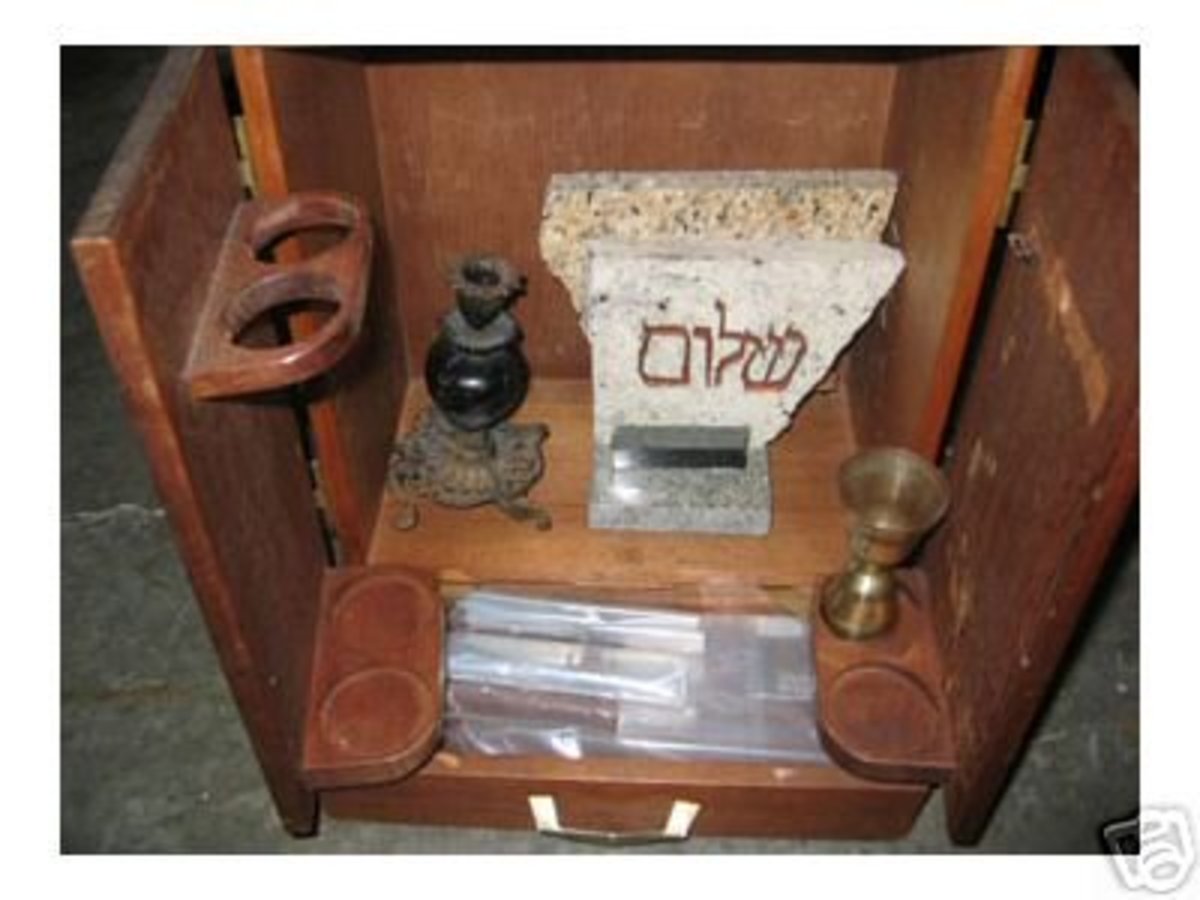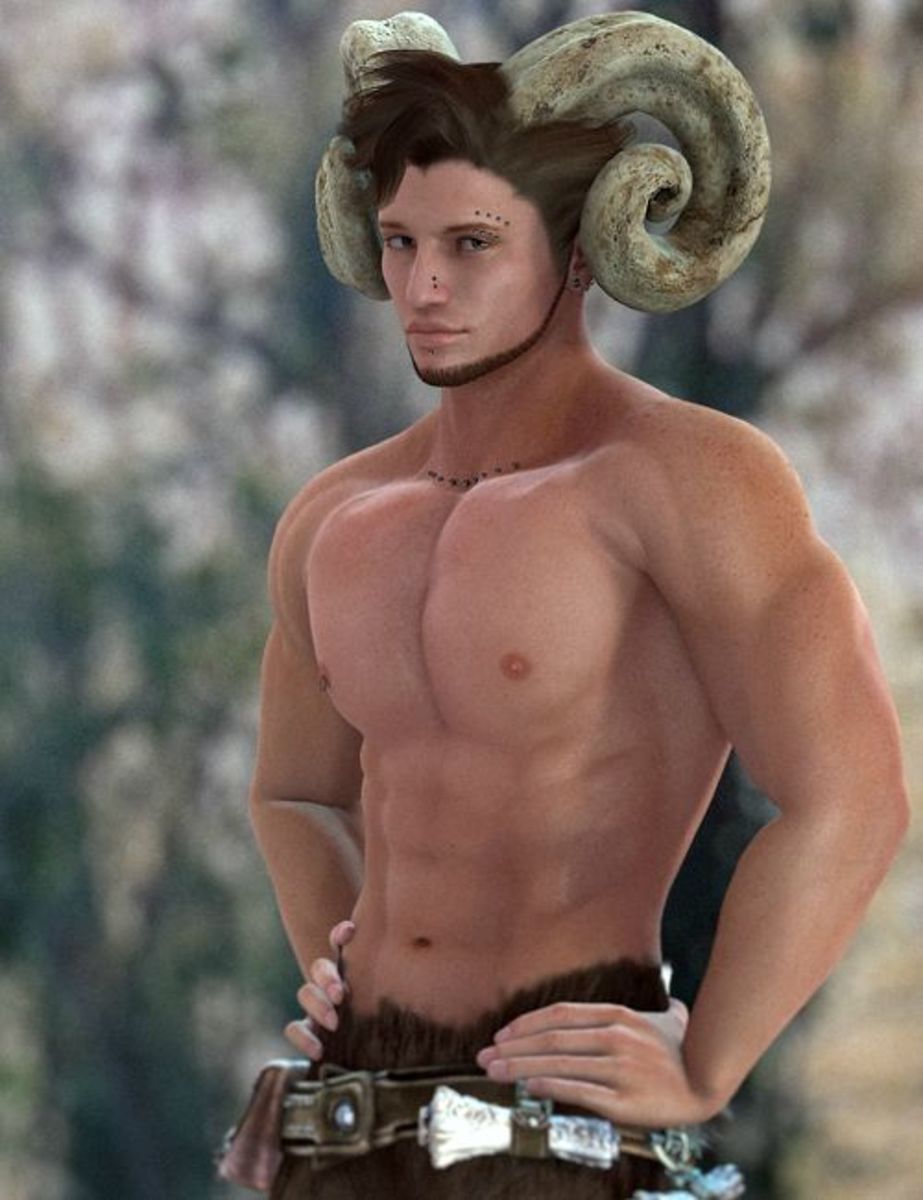Goddess Danu and the Leprechaun: Irish Mythology
Ireland has a culture that is rich in mythology and folklore. The goddess Danu is one of the Celtic world's oldest mythological figures as is the leprechaun.
Goddess Danu
The oldest Irish goddess known is the goddess Danu. She is also known as Dana and is also referenced in Hindu mythology. Her name means “swift flowing” in Irish and such rivers in Europe as the Danube and the Don are named after her. She is mainly seen as a river goddess, and often as Mother Earth. She represents the diving feminine exuding characteristics such as knowledge and wisdom and represents fertility. Danu was also able to transform herself into any creature, much like the gods of Greek and Roman mythology.
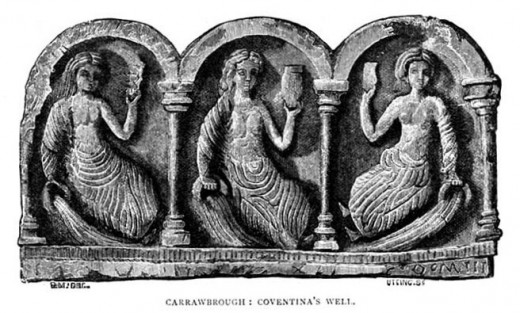
Danu is considered the mother of the Tuatha De Danann or Children of Danu. The Tuatha were once considered gods but now are the “fairy-folk”, those ever-present, invisible beings that capture the imagination of many in Ireland and around the world. It is believed that there was a decisive battle for the soul of Ireland between the Children of Danu and the Children of Domnu, much like the epic battle between God and Satan in the Christian Bible. Ultimately, the Children of Danu won.
Leprechauns
Leprechauns belong to the Tuatha De Danann and have come to be regarded as a symbol of Ireland. They are pictured on everything from cereal boxes to posters to greeting cards the world over. Many Irish people are not overly thrilled by the stereotypical view of their homeland and people perpetrated by the leprechaun legend. Still many people, usually in places other than Ireland, decorate their houses and offices with leprechauns to celebrate St. Patrick’s Day and dress up as leprechauns for parties and parades.
Leprechauns are usually seen as old men wearing green coats, short green trousers, a tall buckled green hat and buckled black shoes, and they are as short as a young child. They are solitary creatures who spend their days making shoes for elves, and their nights playing practical jokes on unsuspecting humans. You supposedly know a leprechaun is around when you hear the tapping of hammers.
Pot of Gold
Each leprechaun is believed to have his own pot of gold, which is either hidden or found at the end of a rainbow. If a human catches a leprechaun, the fairy must give them his pot of gold. However, the human cannot look away for an instant of the leprechaun will disappear along with his gold.
Leprechauns are much written about. William Butler Yeats discussed them at length in Fairy and Folk Tales of the Irish Peasantry. And, according to David Russell McAnally, in his book Irish Wonders leprechauns are “not wholly good nor wholly evil.”
If you do see a leprechaun, hold on tight and remember, don't take your eyes off him for second!


